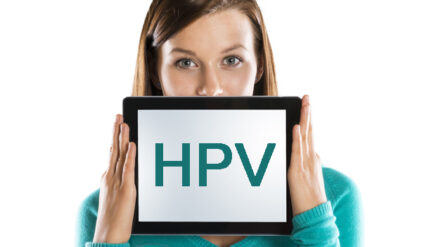
What is the purpose of the treatment?
The purpose of the treatment is to destroy or remove not only the precancerous lesions but the entire transformation zone.
The reason is simple. The transformation zone is the cervical area where HPV causes cancer. Its removal is therefore considered imperative.
Frequently, after the transformation zone is removed and the tissue is examined under the microscope, the lesions that are found are more serious than what the Pap test or the colposcopic biopsies had showed.
What treatments are there available?
We distinguish between removal methods and destruction methods:
Excisional (removal) methods:
- LEEP
- Laser conization
- Cold knife conization
Ablative (destruction) methods
- Laser
- Cryotherapy
How is the most appropriate method selected?
The best method is chosen by the doctor, based on the patient’s best interest. The parameters that help him decide correctly are the severity of the lesions, the patient’s age and the risk for underlying cancer, and the patient’s future fertility.
Excisional methods are selected if the removed tissue must be examined because we suspect that there may be more serious underlying lesions. Among removal methods, LEEP is used more frequently.
What are the criteria used to choose the correct treatment for the lesions?
The risk for invasive cancer is assessed. We take into consideration the specific patient’s history and the findings from her tests.
LSIL/CIN1 lesions have a relatively low risk. But the risk changes, depending on whether they were caused by HPV16, HPV18 or other types of HPV.
If we are certain of the diagnosis, we follow up these cases closely. Some of them will present HSIL/CIN2, CIN3 in the near or more distant future, in which case they must be treated.
If we are uncertain of the diagnosis, especially in older patients, and we are afraid of underlying HSIL/CIN2 or CIN3 lesions, it is preferable that we treat them immediately.
HSIL/CIN2, and CIN3 lesions have a significant risk of invasive cancer in the future.
Not all cases with this diagnosis are the same. Let’s take two extreme examples of women with the same diagnosis (HSIL/CIN2, 3), who could follow a different treatment.
In the first case, it is a 20-year-old young woman with HSIL diagnosis in the Pap test. She had a colposcopy, and small lesions were found. The doctor took biopsies and the histological diagnosis is CIN2.
In the second case it is a 38-year-old woman, also with an HSIL diagnosis from the Pap test. The colposcopy, however, found extensive lesions occupying the whole transformation zone on her cervix and the biopsies showed CIN2 and CIN3.
What is of interest to us is firstly the risk of missing an underlying invasive cancer, and second, the risk of invasive cancer appearing in the immediate future.
In a 20-year old young woman, the risk of underlying invasive cancer is nearly non-existent. In a 38-year-old woman, the risk is significant. In the young woman’s case, the risk of appearance of invasive cancer in the immediate future is low, and she could be closely followed up, without immediate treatment at this time. In the 38-year-old woman’s case, the risk is very high, and she
must undergo treatment immediately.
What happens if HSIL or CIN2/3 lesions are discovered during pregnancy?
If we are certain about the diagnosis and we don’t have any suspicion of underlying cancer, we must follow up the lesions, and they must be treated after the pregnancy.




